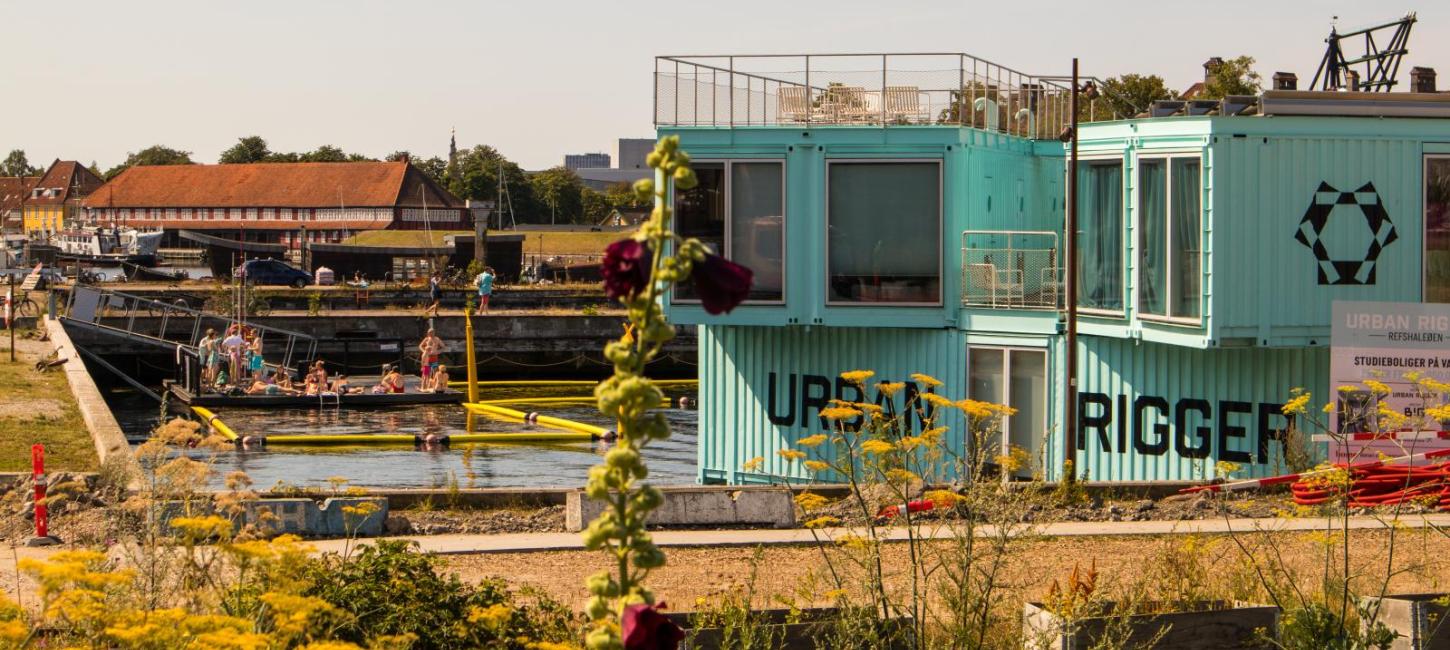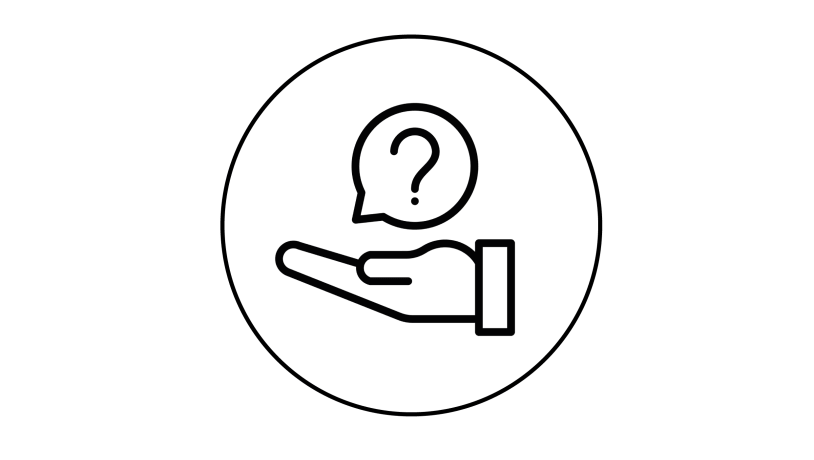
Tools, guides & materials
Here you'll find free-to-use materials that are useful when planning and organising a congress or event in Copenhagen.

Copenhagen Sustainability Guide
In this guide, you will find tips, tricks, tools and cases, which we hope will inspire, assist and encourage you to push the boundaries for making ambitious, sustainable congresses and events with lasting sustainable impact.
Copenhagen Congress Compas
This dialogue tool will help you start a conversation about how to best implement the UN’s Sustainable Development Goals in your event or congress.

Re-Designing Association - Destination Partnerships
Successfully delivering events and ensuring their long-term value requires close collaboration and strong, trusting partnerships between the associations that own the events and the destinations that host them.

Copenhagen Congress Incubator
Interested in developing new international congresses in Copenhagen? Copenhagen Convention Bureau offers complimentary assistance.

Fundraising Handbook
In Danish only
This guide answers the most frequently asked questions in relation to working with fundraising and sponsorship. It includes, among others, practical tools for composing a project application, budgeting and time scheduling, including relevant links to overview of funds.

Congress Handbook (Kongreshåndbogen)
In Danish only
This handbook provides an overview of the typical tasks that are associated with planning and hosting a congress. It includes, among others, many helpful tips and checklists which are beneficial in the management of the various local host responsibilities and deliverances.

Guidelines for VAT
Denmark's development association for business and meeting tourism, MeetDenmark, has together with the Danish Chamber of Commerce and KPMG Acor Tax developed a number of guides focusing on the Danish VAT system in relation to congresses and meetings.

Copenhagen Media Center
Our online media center includes a wide variation of graphic promotional material relating to Copenhagen. Ideal to use in the promotion of your event or congress in Copenhagen.
Always credit the photographer and Copenhagen Media Center when using photos and/or videos. Please note that special terms apply to pictures of The Little Mermaid. As a general rule, we recommend not to use photos of the statue due to eventual copyright infringement.

Marketing kit
Free-to-use content package with useful visual media, links, inspirational copy-texts and links to local service providers.
Contact us
We’re here to help, whatever stage of planning you’re at, and it doesn’t cost an øre (that’s Danish for penny). Email us at cvb@woco.dk or look for the right person on our contacts page.

Photo:Woco
Contact us
Find an employee
Email
cvb@woco.dk

Photo:Woco

Photo:Woco
Request for proposal
Just fill in our form and we’ll get back to you with suitable suppliers for your event.
Request for proposal